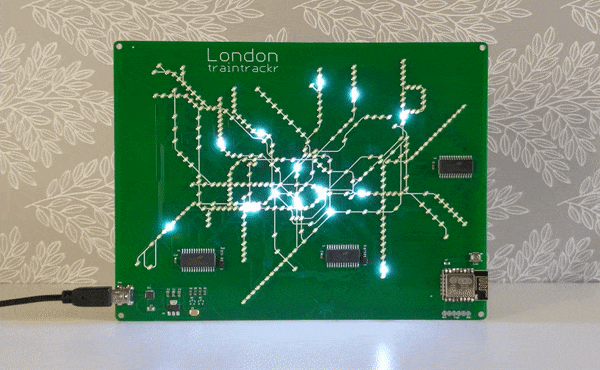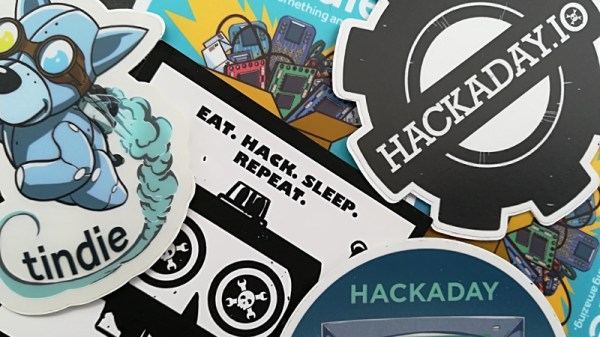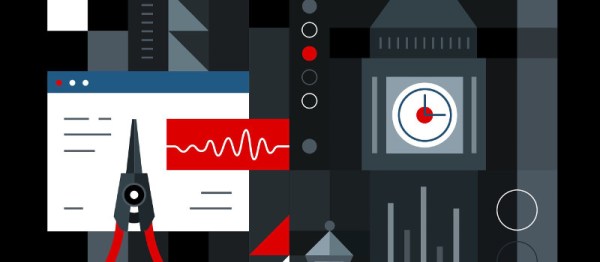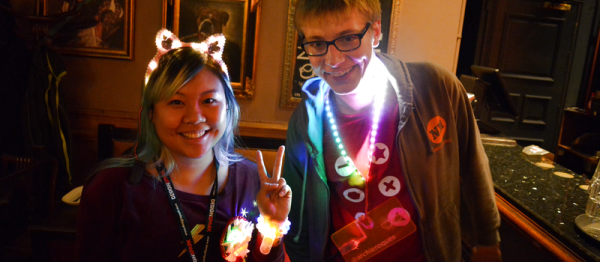It’s probable that most of us have at some time dreamed up a witty and subversive way to deface our city, but that few of us will have followed through on the idea. [Matt Gray] then is something of a modern-day urban hero for doing just that. Who couldn’t walk past Knightrider Court, EC4, in the City of London, without thinking of the 1980s TV series featuring David Hasselhoff and a talking car? [Matt] couldn’t, and so of course he simply had to upgrade the street sign with the signature LED scanner.
At its heart is an Adafruit Gemma ATtiny85 board in a 3D-printed case attached to a length of aluminium extrusion holding a strip of addressable LEDs. When attached to the sign it looks the business, and while the late-night crowd showed it little interest the Londoners passing in the morning were much more enthusiastic. We applaud him for the idea.
As occasional students of medieval history here at Hackaday, of course we couldn’t let this go without asking where the unexpected London street name came from. Sadly for fans of the Hoff it has nothing to do with the small screen, instead it appears to have a much earlier origin having been first recorded in 1322. The knightriders in question are reputed to have been real medieval knights, or at least horsemen. Pay it a visit, should you ever find yourself in the British capital.


















